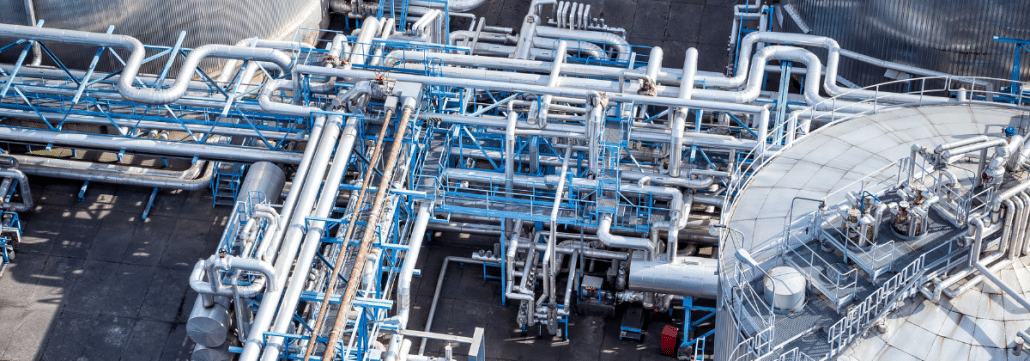Traditionally, when we think about improving reliability, we focus on individual assets and how to reduce their downtime. Less common, yet equally beneficial, is applying reliability efforts to the system as a whole, such as a manufacturing production line, a continuous chemical production process, or a wastewater treatment system.
Best practices including preventive and predictive maintenance, condition-based maintenance, and reliability engineering have long been applied at the equipment or component level. These are proven, highly effective strategies for anticipating and avoiding asset failures and related costs while increasing plant and process uptime.
The emergence of the industrial internet of things (IIoT) has condition monitoring sensors rapidly growing in prevalence in industrial and other asset-intensive environments. A familiar example is installing a vibration monitoring device on a critical motor, pump, or compressor to detect common precursors to mechanical failure, such as worn or faulty bearings.
Importantly, individual assets that are part of a larger process may appear to be working correctly, even though the process itself is at risk. That is why it is necessary to also monitor system reliability – not just asset reliability.
For example, significant risks to system reliability may stem from imperfections of the control system. In almost every system we analyze, we find that at first glance the system appears to be doing its job, but a closer look at its control systems will reveal a notable lack of control due to issues ranging from imperfect PID loop tuning to improperly sized equipment.
Though these systems may be meeting demand at the moment, their instability means that any stresses or changes could lead to unpredictable behavior, or even system-wide failure. At a minimum, the issues are creating unnecessary wear and tear on valves, dampers, and the like, which can eventually cause larger and potentially more serious problems affecting quality, throughput, safety, and/or uptime.
A modern approach to managing mechanical system reliability involves analytics based on physics and machine learning (ML). The proprietary Tignis solution continuously monitors and analyzes sensor data from connected mechanical systems and models the complete system in a digital twin, where usage patterns are learned, and any divergence stands out. Besides automatically detecting and analyzing hidden system anomalies, it also identifies the operational impacts and immediately notifies the appropriate personnel, allowing time to address any faults or inefficiencies and prevent system failure.
Active management of critical assets and systems alike should be a reliability improvement imperative. We recommend extending the value of your existing asset monitoring sensor investments and taking a closer look at the reliability of your complete industrial systems.








